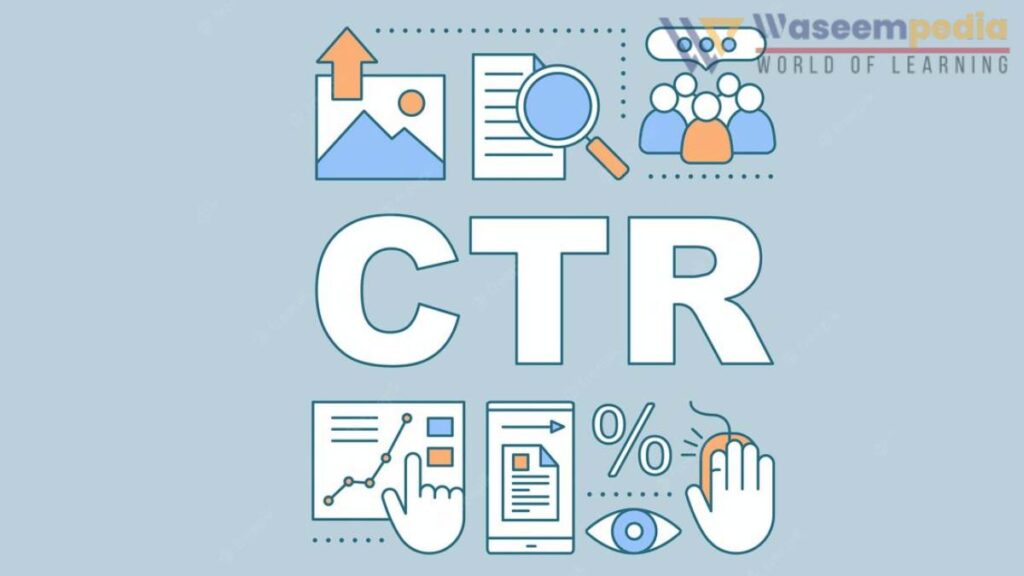Email tracking and analytics offer numerous advantages for businesses, enabling them to measure the success of their email campaigns, understand audience behavior, and optimize marketing strategies.
The ability to track open rates, click-through rates, conversions, engagement, and other metrics empowers businesses to make data-driven decisions and improve the effectiveness of their email marketing efforts.

Email marketing is a powerful tool for businesses, and one of its significant advantages is the ability to track and analyze various metrics.
When it comes to tracking and analytics, email provides valuable insights that help businesses measure the success of their campaigns, understand customer behavior, and make data-driven decisions. In this article, we will explore the advantages of using email for tracking and analytics.
Importance of Tracking and Analytics
Tracking and analytics are essential components of any successful marketing strategy. They provide valuable insights into campaign performance, audience behavior, and the effectiveness of different marketing elements. Email marketing platforms offer robust tracking and analytics features that enable businesses to measure and optimize their email campaigns for better results.
9 Advantages of Email for Tracking and Analytics
9 Advantages of Email for Tracking and Analytics are as following
1. Email Open Rates
One of the primary metrics that email tracking provides is the open rate, which measures the percentage of recipients who open your emails. By tracking open rates, businesses can gauge the effectiveness of subject lines, email timing, and overall email deliverability. This data helps in optimizing email content and increasing engagement with the audience.
2. Click-Through Rates (CTRs)
Click-through rates measure the percentage of recipients who click on links within your emails. This metric indicates the level of engagement and interest generated by your email content. By tracking CTRs, businesses can identify the effectiveness of call-to-action buttons, hyperlinks, and overall content relevance. Optimizing CTRs can lead to increased website traffic and conversions.

3. Conversion Tracking
Email tracking allows businesses to track conversions, which are specific actions taken by recipients after interacting with an email. This could include making a purchase, filling out a form, downloading content, or subscribing to a service. By tracking conversions, businesses can assess the effectiveness of their email campaigns in driving desired actions and generating revenue.
4. Subscriber Engagement
Tracking subscriber engagement provides insights into how recipients interact with your emails beyond open and click-through rates. It includes metrics such as time spent reading emails, scrolling behavior, and engagement with different email elements.
This data helps in understanding the level of interest and involvement of your subscribers, enabling you to tailor future email content to their preferences.

5. A/B Testing
A/B testing, also known as split testing, allows businesses to test different versions of emails and measure their performance against each other. By tracking metrics such as open rates, click-through rates, and conversions for different variations, businesses can identify the most effective elements and optimize their email campaigns accordingly. A/B testing helps in refining email content, subject lines, visuals, and CTAs.
6. Segmentation and Personalization
Email tracking enables businesses to segment their email lists based on subscriber behavior and preferences. By tracking engagement metrics and purchase history, businesses can categorize subscribers into specific segments and deliver personalized content that resonates with their interests. Segmentation and personalization enhance email relevance, increase open and click-through rates, and drive higher conversions.
7. Bounce Rates and Delivery Rates
Email tracking provides insights into bounce rates, which measure the percentage of emails that were not delivered to recipients’ inboxes. High bounce rates could indicate issues with email addresses or deliverability.
By monitoring bounce rates, businesses can maintain a clean and up-to-date email list, ensuring that their messages reach the intended audience effectively.
8. Unsubscribe Rates
Tracking unsubscribe rates helps businesses understand the attrition rate of their email subscribers. High unsubscribe rates may indicate issues with email frequency, content relevance, or overall engagement.
By analyzing unsubscribe rates, businesses can make adjustments to their email strategies, including providing more value-driven content and managing email frequency to retain subscribers.
9. Integration with Analytics Tools
Email marketing platforms often integrate with external analytics tools, such as Google Analytics, to provide comprehensive insights into email campaign performance. This integration allows businesses to track website traffic, conversions, and revenue generated from email campaigns. By combining email metrics with broader analytics data, businesses can gain a holistic understanding of their marketing efforts.
Related FAQ’s
Can email tracking provide insights into individual subscriber behavior?
Email tracking provides aggregated data on subscriber behavior, allowing businesses to analyze overall trends and patterns. However, it does not provide granular insights into individual subscriber actions due to privacy considerations.
How can businesses use email tracking data to improve their email marketing campaigns?
By analyzing email tracking data, businesses can identify areas of improvement in their email marketing campaigns. They can refine subject lines, optimize content, personalize emails, test different variations, and tailor their strategies based on audience preferences and behavior.
What are some common reasons for high bounce rates in email campaigns?
High bounce rates can be caused by factors such as invalid email addresses, full mailboxes, technical issues with email servers, or spam filters. Regularly cleaning and updating email lists, following best practices for email deliverability, and monitoring bounce rates can help address these issues.
How can businesses reduce unsubscribe rates in their email campaigns?
To reduce unsubscribe rates, businesses can focus on delivering valuable and relevant content to their subscribers. They can segment their email lists, personalize emails, manage email frequency, provide exclusive offers or discounts, and seek feedback from subscribers to continuously improve their email communication.
Can email tracking data be integrated with other marketing analytics tools?
Yes, many email marketing platforms offer integrations with popular marketing analytics tools, such as Google Analytics. This integration allows businesses to combine email tracking data with broader marketing analytics to gain a comprehensive understanding of their marketing performance and make informed decisions.
